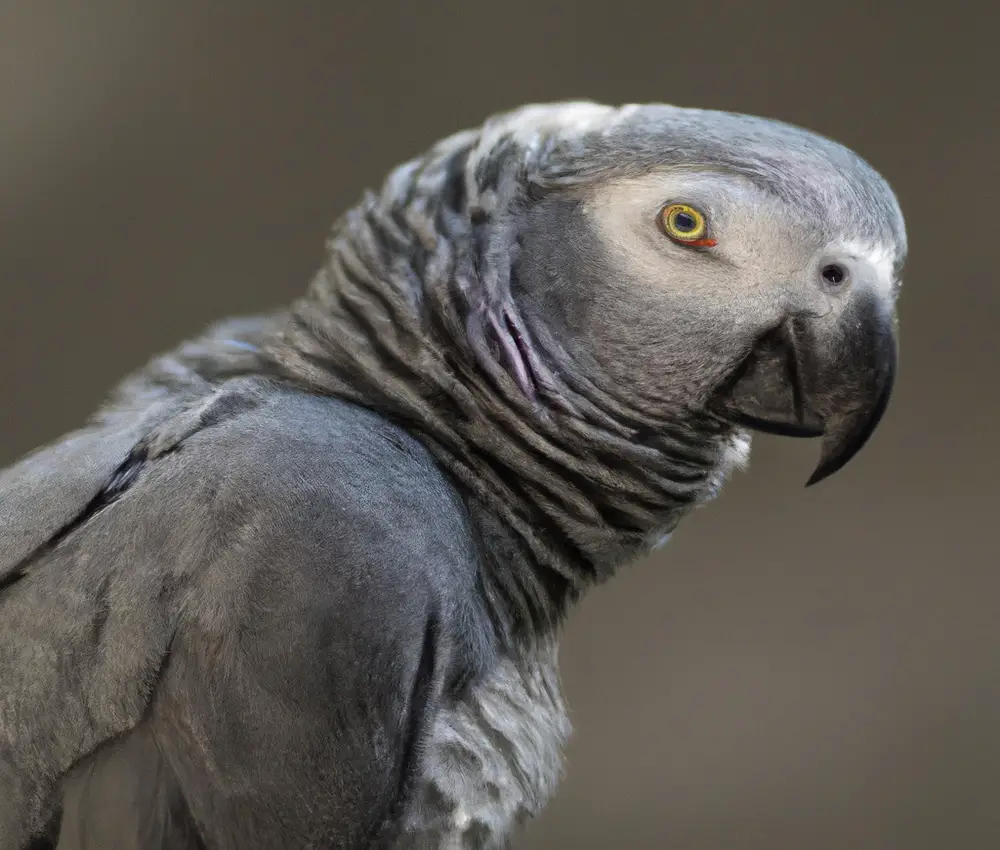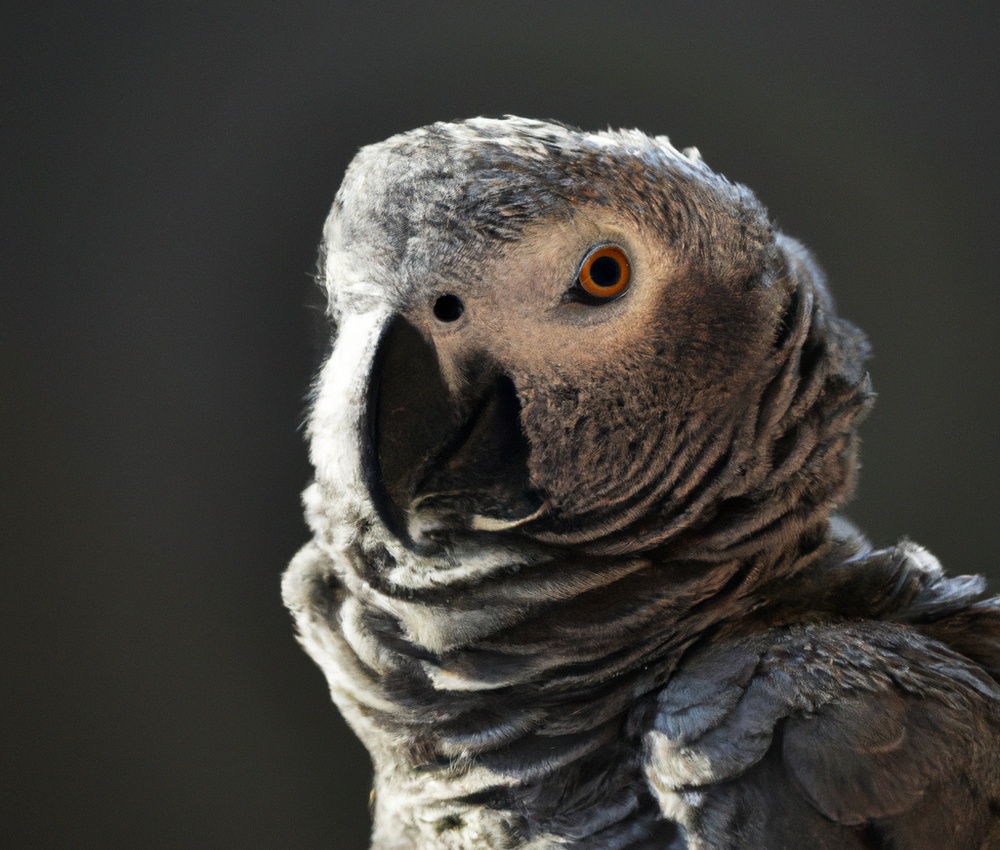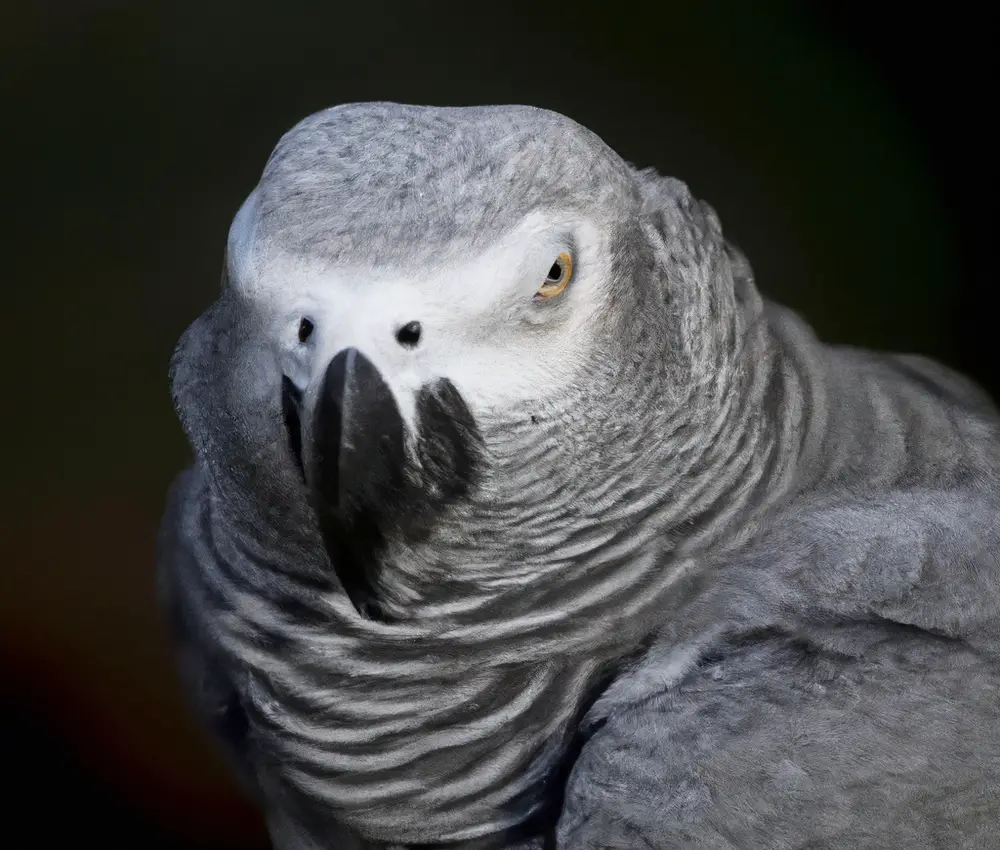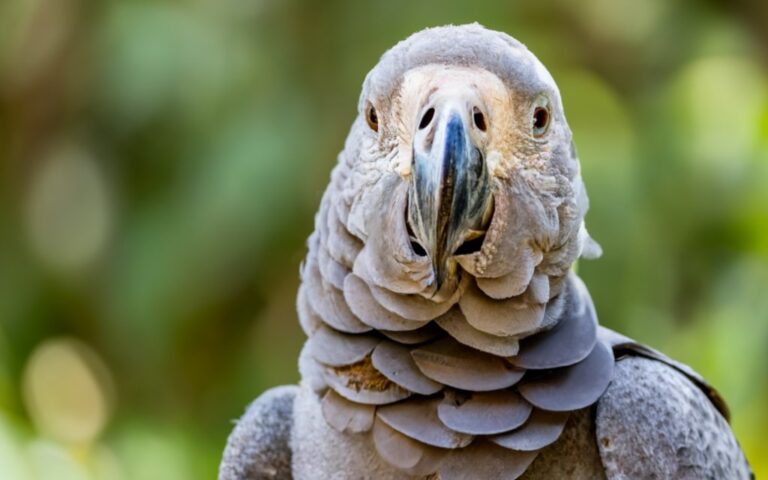What Is The Role Of Vocal Mimicry In African Grey Parrot Communication?
Key Takeaways:
- Vocal mimicry plays a significant role in African Grey Parrot communication, allowing them to imitate sounds from their environment.
- These parrots use mimicry to establish social interactions and build bonds with both humans and other birds.
- Vocal mimicry is not only limited to imitating sounds, but African Grey Parrots can also learn and recombine different vocalizations to create their own unique calls.
- The ability to mimic sounds helps African Grey Parrots adapt and survive in changing environments by allowing them to communicate and understand their surroundings.
Have you ever heard a bird mimic sounds so perfectly that you couldn’t believe it wasn’t human? That’s the remarkable ability of vocal mimicry, and when it comes to this skill, African Grey Parrots are in a league of their own.
These intelligent and charismatic birds have the extraordinary talent of imitating a wide range of sounds, from phone ringtones to car alarms, and even human speech.
But what is the purpose of this mimicry? Why do African Grey Parrots go to such lengths to copy the sounds around them?
In this article, we will delve into the fascinating world of vocal mimicry in African Grey Parrots and explore its role in their communication.
Join me as we unravel the mysteries of this incredible avian ability.
| Role of Vocal Mimicry in African Grey Parrot Communication |
|---|
| Enhances Social Bonding |
| Displays Intelligence |
| Marks Territory |
| Attracts Mates |
| Warns of Danger |
| Exhibits Playfulness |
| Expresses Emotions |
Understanding Vocal Mimicry
Vocal mimicry is the ability of certain birds to imitate various sounds in their environment, including human speech and other bird calls.
Definition of vocal mimicry in birds
Vocal mimicry in birds refers to their ability to imitate and replicate sounds they hear in their environment.
This can include mimicking other bird calls, animal sounds, or even human speech.
Birds that exhibit vocal mimicry have the unique ability to mimic and incorporate these sounds into their own vocalizations.

Examples of birds known for vocal mimicry
Some examples of birds known for vocal mimicry include the African Grey Parrot, the Hill Myna, the Lyrebird, and the Marsh Warbler. These birds have the ability to imitate various sounds and voices, including human speech, other bird calls, and environmental sounds.
Their impressive mimicry skills often play a role in their communication and social interactions.

Communication in African Grey Parrots
African Grey Parrots communicate using a diverse range of vocalizations, body language, and mimicry. They are highly skilled at imitating sounds, including human speech, making them one of the most talented mimics in the avian world.
Overview of communication in African Grey Parrots
African Grey Parrots have complex communication skills.
They use vocalizations, body language, and mimicry to convey messages.
Vocalizations include squawks, whistles, and songs.
Mimicry allows them to imitate sounds in their environment, including human speech.
Body language involves wing displays, head bobbing, and eye dilation.
Their communication is vital for social interaction, establishing territories, and attracting mates.

Different modes of communication in African Grey Parrots
African Grey Parrots use a variety of modes to communicate. They have a complex vocal repertoire, using different calls, whistles, and screams to convey messages.
They can mimic sounds they hear in their environment like other birds, alarms, and even human speech.
They also communicate through body language, such as fluffing their feathers or raising their crest. Their ability to imitate sounds and adapt their vocalizations makes their communication incredibly diverse and fascinating.
Vocal Mimicry in African Grey Parrots
African Grey Parrots are known for their remarkable ability to mimic and imitate a wide range of sounds, including human speech, making vocal mimicry a prominent feature of their communication repertoire.
Explanation of vocal mimicry in African Grey Parrots
Vocal mimicry in African Grey Parrots is the ability to imitate a wide range of sounds, including human speech, environmental sounds, and other bird calls. They can accurately replicate these sounds with great precision and clarity.
Mimicry is an important form of communication for African Grey Parrots, allowing them to interact with their environment and communicate with other individuals in their social group.
Why do African Grey Parrots mimic sounds?
African Grey Parrots mimic sounds as a way to communicate and interact with their environment.
Mimicking sounds allows them to attract mates, establish social bonds, and express themselves.
It’s an innate behavior that they use to navigate their surroundings and connect with other parrots and humans.
The Importance of Vocal Mimicry in African Grey Parrot Communication
Vocal mimicry plays a vital role in communication among African Grey Parrots.
Role of vocal mimicry in attracting mates
Vocal mimicry plays a significant role in attracting mates for African Grey Parrots.
By mimicking the calls of other species or imitating the sounds of their environment, males showcase their vocal abilities and demonstrate their fitness to potential mates.
This impressive mimicry can enhance their chances of finding a partner and successfully reproducing.
Use of vocal mimicry in establishing social bonds
Vocal mimicry plays a vital role in African Grey Parrots’ ability to establish social bonds.
Through mimicry, they imitate the sounds of other parrots, animals, or even humans, creating a sense of familiarity and connection.
This helps them communicate and form relationships within their social groups.
Mimicking sounds allows them to fit into their environment and be accepted by other parrots, facilitating bonding and social cohesion.
Benefits of Vocal Mimicry in African Grey Parrots
African Grey Parrots benefit from vocal mimicry by being able to imitate human speech, which enhances their ability to communicate with their human caretakers. Additionally, vocal mimicry serves as a form of expression for these parrots, allowing them to convey their emotions and establish social bonds.
Ability to mimic human speech
African Grey Parrots have an incredible ability to mimic human speech. They can mimic various sounds, words, and even learn to communicate with humans.
This ability stems from their advanced vocal learning skills and the unique structure of their vocal tract.
African Grey Parrots can accurately imitate human voices, tones, and even mimic specific sounds in their environment. It’s fascinating to witness their talent and the bond that can be formed through shared communication.

Vocal mimicry as a form of expression
Vocal mimicry is a form of expression where animals imitate sounds they hear in their environment. It allows them to communicate and interact with others.
African Grey Parrots are known for their exceptional ability to mimic human speech and various other sounds.
This form of expression not only helps them attract mates and establish social bonds but also enables them to adapt to their surroundings. Vocal mimicry is a fascinating behavior that showcases the intelligence and adaptability of African Grey Parrots.
Challenges in Studying Vocal Mimicry in African Grey Parrots
Studying vocal mimicry in African Grey Parrots poses challenges like distinguishing mimicked sounds from their original vocalizations and interference from environmental noises.
Difficulty in distinguishing mimicked sounds from original vocalizations
It can be difficult to distinguish mimicked sounds from original vocalizations in African Grey Parrots. These birds are incredibly skilled at imitating various sounds, including human speech, animal calls, and even environmental noises.
The mimicked sounds are often so accurate that it becomes challenging to differentiate them from the bird’s natural vocalizations.
This poses a challenge for researchers studying vocal mimicry, as they need to carefully analyze and identify which sounds are mimicked and which ones are original. Additionally, the parrots’ ability to mimic sounds from their environment can sometimes lead to confusion when trying to interpret their communication patterns.
The presence of background noises and other environmental factors can further complicate the task of distinguishing mimicked sounds from original vocalizations.
Interference of environmental noises on vocal mimicry studies
Interference of environmental noises can significantly impact vocal mimicry studies in African Grey Parrots.
Background sounds, such as other bird calls, machinery, or human activities, can make it difficult to distinguish between the parrot’s mimicked sounds and their natural vocalizations.
This interference can affect the accuracy and reliability of studies, making it challenging to understand the full extent and complexity of vocal mimicry in these parrots.
Researchers must carefully consider and control for these environmental factors to obtain valid results.
Conservation Implications of Vocal Mimicry in African Grey Parrots
Vocal mimicry plays a crucial role in the conservation efforts for African Grey Parrots.
Understanding its implications can aid in species recognition and protection.
Role of vocal mimicry in species recognition and survival
Vocal mimicry plays a crucial role in species recognition and survival for African Grey Parrots. By mimicking the sounds of other species, they can blend in and avoid predators.
Additionally, mimicking the vocalizations of their own species helps with social integration and establishing their place within the flock.
Overall, vocal mimicry is an essential tool for African Grey Parrots to communicate, survive, and thrive in their environment.
Threats to African Grey Parrots and the importance of vocal mimicry in conservation efforts
African Grey Parrots face several threats, such as habitat loss, illegal trapping for the pet trade, and hunting. Vocal mimicry, a unique ability of these parrots, plays an important role in their conservation efforts.
Mimicking sounds helps them recognize other parrots and identify potential dangers in their environment.
It also aids in attracting mates and establishing social bonds. By studying and understanding vocal mimicry, we can develop effective conservation strategies to protect these beautiful birds.

Final Verdict
Vocal mimicry plays a crucial role in African Grey Parrot communication. These intelligent birds have the remarkable ability to imitate sounds, including human speech, which greatly enhances their ability to connect with others and establish social bonds.
Vocal mimicry is an important tool for attracting mates and can even serve as a form of expression.
However, studying vocal mimicry in African Grey Parrots poses challenges, such as distinguishing mimicked sounds from original vocalizations and dealing with environmental noise interference. Nonetheless, understanding the significance of vocal mimicry in this species is vital for their conservation, as it helps with species recognition and survival.
Overall, vocal mimicry is a fascinating and essential aspect of African Grey Parrot communication, highlighting their remarkable cognitive abilities and underscoring the need for their protection.






